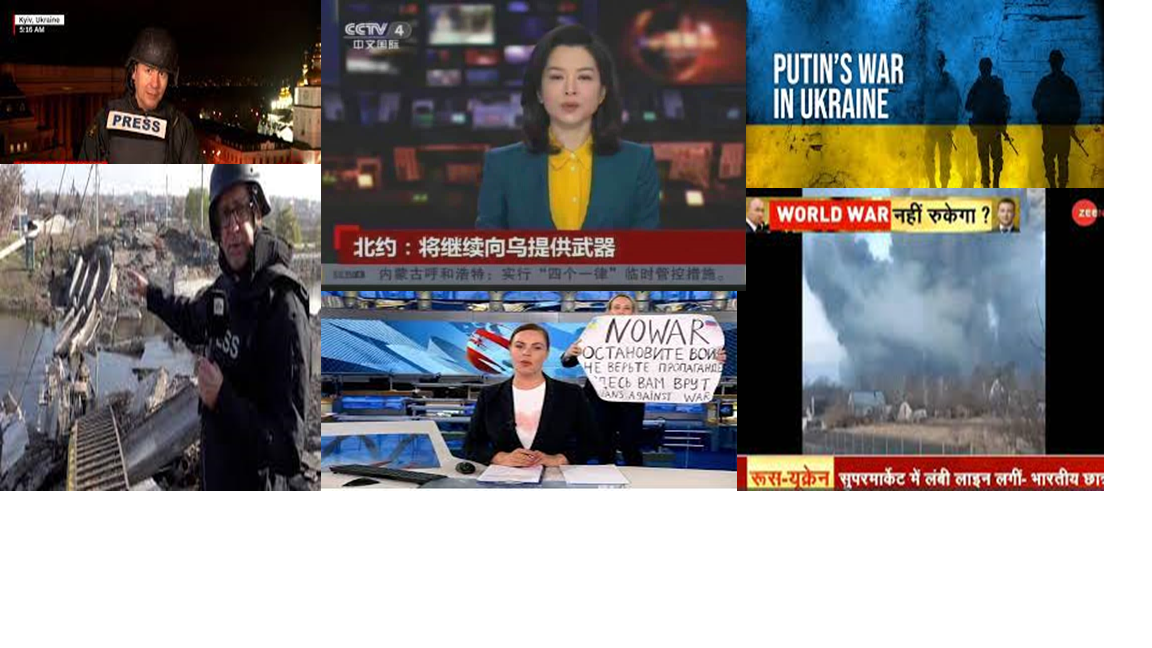NB! Post updated on Wednesday 22 March with panellists’ names.
The invasion of Ukraine by Russia on 24 February 2022 was a historical milestone, bringing, for the first time since World War II, an all-out war to the very heart of Europe.
News media, especially television, typically constitute the main window on the war scene and related topics. Thus, they have a crucial role in the process of creating and maintaining the climate of public opinion for or against the war.
To find out how the war has been portrayed in TV news across the world, an international group of scholars led by Professor Emeritus Kaarle Nordenstreng from Tampere University decided to conduct content analyses of national TV news bulletins.
The study was initiated at Tampere University in March 2022 with the support of the Tampere-based C. V. Åkerlund Media Foundation. It initially focused on war coverage in TV news in Russia, China, Finland and the UK from the invasion on for almost two months (24 February to 14 April 2022).
Soon the selection of countries was expanded by the voluntary participation of Brazil, India and South Africa, following up an earlier project on journalism in the BRICS countries. Voluntary participation was also found in Italy and the USA.
In each country the main daily TV news programme was identified, here referred to as “bulletin”. These were typically evening news broadcasts lasting between a half and one hour on a prominent national channel.
The news bulletins in each country were examined on ten days during the observation period: all Thursdays from the beginning of the invasion and also the Mondays of the first two weeks of the war (24 and 28 February, 3, 7, 10, 17, 24 and 31 March, 7 and 14 April).
The results indicate notable differences in the amount, focus, and tone of coverage across the countries examined. To find out more about these differences, we invite you to read the final report, which will be out in open access soon, and to join us for a discussion event at Tampere University on Friday 31 March.
The event will be held at Café Toivo in the University’s Main Building (second floor, visiting address: Kalevantie 4, Tampere) from 13:00 to 16:00 Finnish time (GMT+2).
The event consists of presentations of the study’s findings, plus samples from the TV news items analysed. The findings are then examined in a roundtable discussion by invited scholars and journalists:
- Associate Professor Heikki Heikkilä (Tampere University)
- Professor Tarja Väyrynen (Tampere University)
- Dr Salla Nazarenko (Union of Journalists in Finland)
- Dr Juho Rahkonen (think tank E2 Research)
- Dr Anna Rantasila (Lappeenranta-Lahti University of Technology)
- Foreign news journalist Jyrki Saarikoski (YLE)
The roundtable is followed by refreshments and a general discussion among all participants.
The event will be held in Finnish. It is open to the media and anyone interested in the topic. If you want more information, please contact Professor Emeritus Kaarle Nordenstreng or research assistant Hanne Vuorela.

